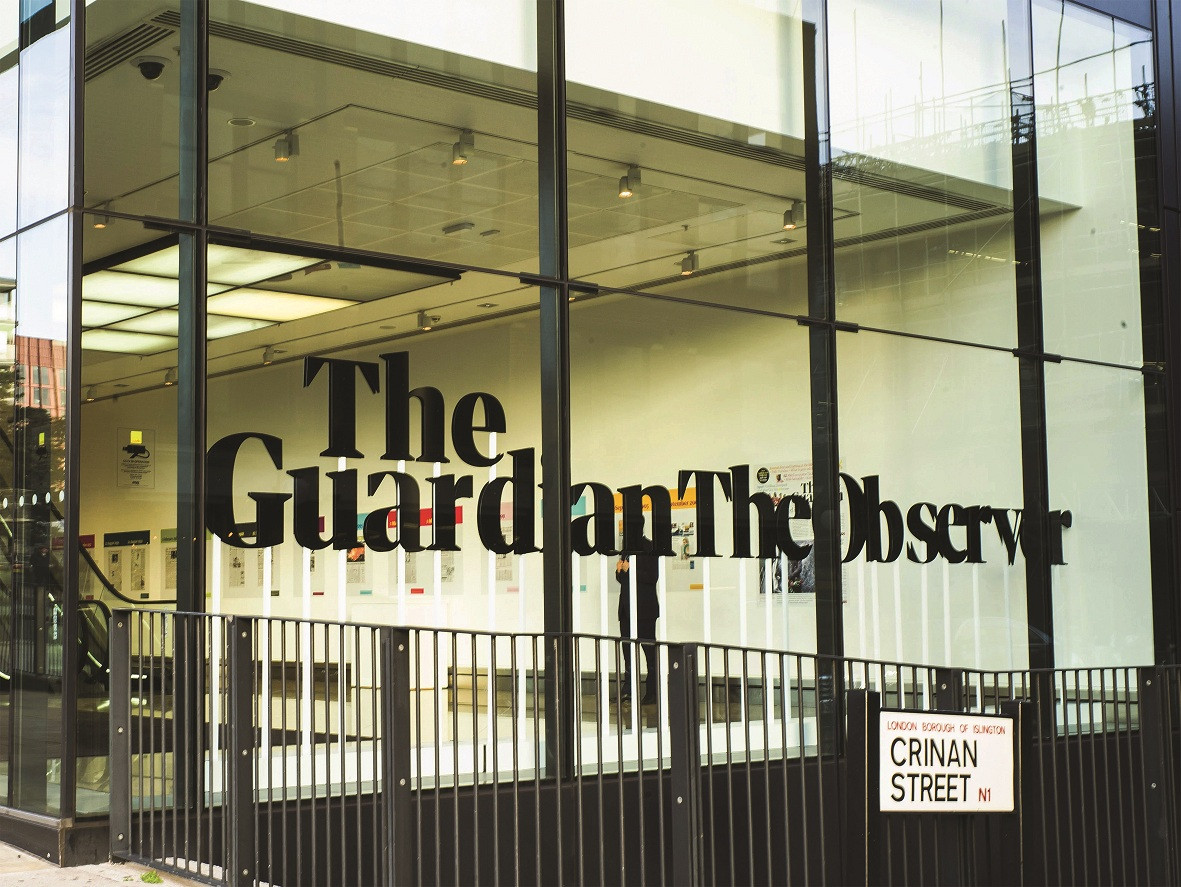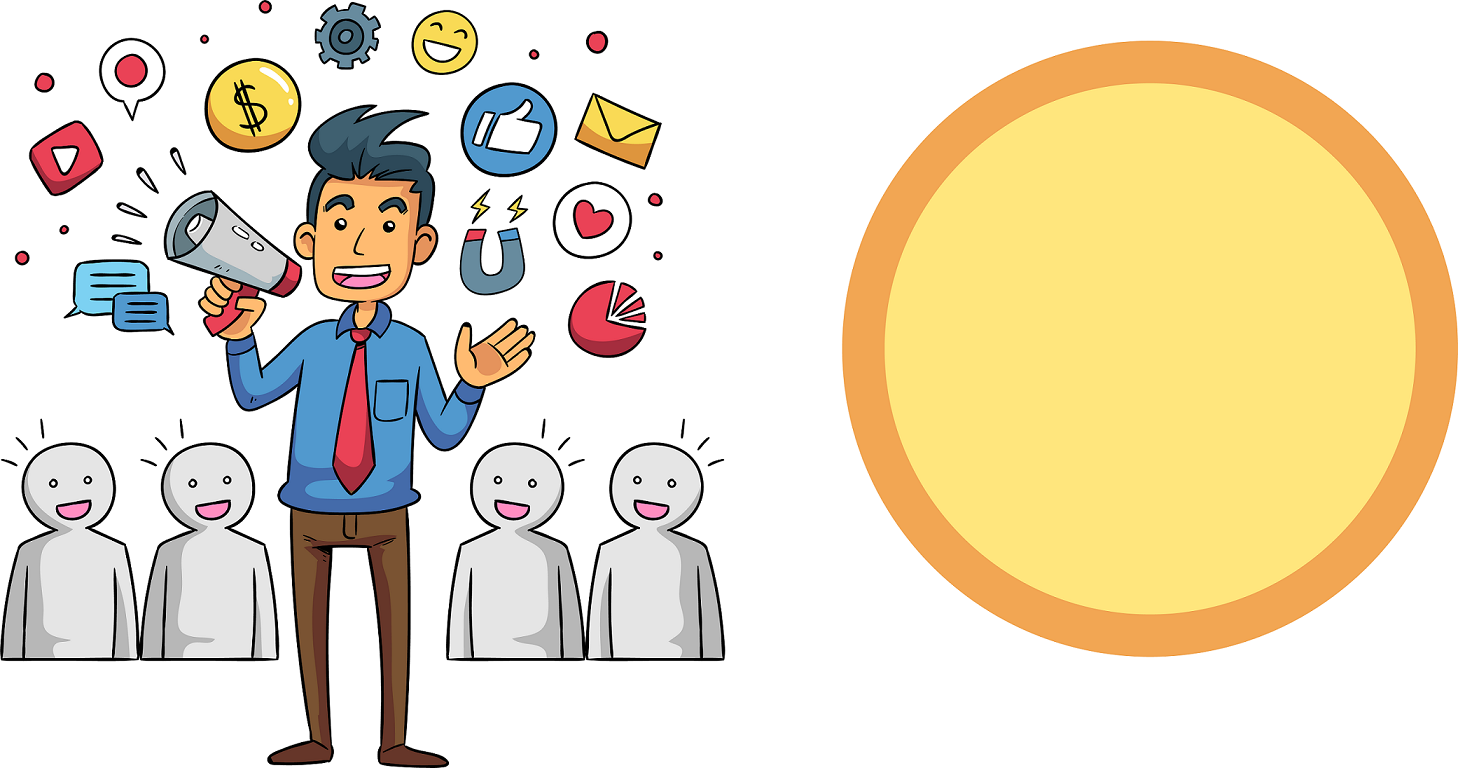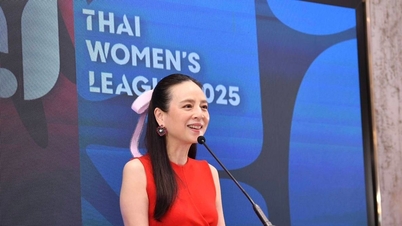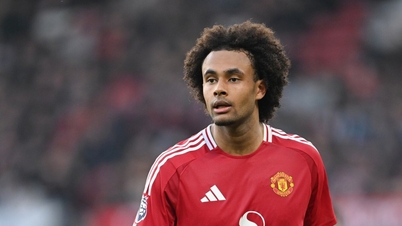Over the past year or so, the news ecosystem has seen some major shifts: declining social media traffic as Facebook and X de-prioritize news, changes in Google’s algorithms, not to mention privacy and artificial intelligence regulations. All of these developments have encouraged publishers to think more about time on site, data, audiences, and especially subscriptions.
However, charging for newspapers has never been easy. It is not as simple as blocking readers and asking them to pay. Some newspapers have become “experts” in this matter and are doing very well with positive subscription growth rates year after year.
Increase "ask" decrease "collect"
The Guardian of the United Kingdom is a remarkable story of turnaround in the world of journalism. In 2016, The Guardian was still in the red, about 89 million USD per year. Although the 200-year-old newspaper attracted a large readership and won the Pulitzer Prize in 2014, that success did not translate into money.
By the end of 2017, however, the outlook was completely different. The effort to reboot readership was paying off. The Guardian’s paying subscribers had grown from 12,000 to more than 300,000 in just one year. In 2021, the paper announced it had reached 1 million members. In 2022, The Guardian announced its highest financial results since 2008, with Guardian Media’s annual revenue rising 13% to £255.8m.
This achievement is all the more remarkable given that The Guardian does not charge users a subscription fee. Since 1936, the Scott Trust has overseen the paper to ensure its independence in reporting. The paper says it has no shareholders or wealthy owners, but only “a determination and passion to deliver high-impact journalism, always free from political and commercial influence.”
Instead of charging a fee, The Guardian asks readers to donate. When you finish an article on the website, you’ll see how many you’ve read so far this year. It’s a subtle reminder that you’re getting value from the paper. The higher the number, the more likely you are to feel obligated to donate.

In addition, the appeal for donations emphasizes the “unique” value of The Guardian as the world’s most trusted independent source of news. It works when readers feel worried about life’s problems and look to the press as a solution.
The Guardian understands that not everyone can afford the standard subscription. So, rather than turning away interested readers, they offer different donation options, one-off or recurring, so readers can decide for themselves. Additionally, on the landing page, readers learn what benefits they get with each option, such as exclusive newsletters, exclusive ad-free news apps. This is especially important for a publication as open as The Guardian.
Finally, the editorial team also mentioned impressive numbers like “Join over 250,000 readers in the US who regularly support us to keep journalism alive” to convince people that they can trust The Guardian. Combined with the above points, it gives readers an incentive to donate to their favorite newspaper.
Smooth coordination of free and paid
In 2019, fashion bible ELLE began establishing a predictable, recurring revenue stream through digital subscriptions without impacting their SEO, traffic, or ad-based revenue. Five years later, ELLE’s freemium model has been a huge success, with ad revenue growing thanks to the ability to collect valuable first-party data through subscriptions.
According to Matthieu Atlani, Director of User Interface at CMI France, the owner of ELLE, when implementing ELLE Premium, they faced three strategic challenges: diversifying revenue sources, expanding and rejuvenating the readership, and respecting core values. They needed to determine the amount of content to include in Premium and on the website and application based on data.
A common problem for news publishers is that their paid content is often overlooked on their website. About half of readers get lost in the news maze and people often miss out on paid articles. So it is important that the paywall is prominently displayed on the page to guide people and help them discover the value of paid content.
ELLE does this by embedding a call-to-action icon in the post, adding a promotional banner at the bottom, and including a prominently colored tag that clearly states this is paid content.
According to ELLE's tech partner, frequent paywall changes have a positive impact on conversion rates. The magazine continues to test and tweak paywall designs and colors to reduce boredom and restore click-through and conversion rates. Whether tweaking for summer, shopping season, or the end of the year, they resonate with readers.
Another way to increase conversions is to adjust the paywall based on user engagement. ELLE adjusts based on where readers are, whether they are on mobile or desktop, reading political or entertainment news…
Finally, ELLE reduced the friction of signing up for a paywall by reducing the space between fields on the sign-up page and condensing every action at a user’s fingertips. Adding tags for easy sign-up and sign-in, as well as bolding “sign up,” significantly improved conversions.

Register before charging
This is how Bloomberg, the world’s leading financial news agency, has grown to over 500,000 subscribers after five years of introducing a paywall. In 2018, Bloomberg introduced a flexible fee structure, but in 2022, the newspaper introduced registration, primarily for new users. By sharing an email, readers will have a Bloomberg profile and access to more content before hitting the paywall.
Bloomberg also adjusts based on traffic sources. For example, readers coming from Reddit will see a soft signup wall, offering five free articles within 30 days of signing up to increase engagement.
Bloomberg has programmed its sign-up wall to be visible to most new users, and uses it to test valuable stories that have the potential to reach a wide audience and attract repeat readers. It has also adopted a paywall-removal strategy during key events, such as Bloomberg Green articles during the COP.
Bloomberg said it designed a series of emails for users to sign up, each aimed at increasing engagement (e.g., Sign up for a new newsletter) or conversion rate (e.g., Get a limited-time offer for $1.99/month).
Users are encouraged to sign up for newsletters, download the app, and watch Bloomberg TV – activities that can lead to a higher likelihood of subscriptions; complete their Bloomberg profiles, such as updating their job title and industry; listen to podcasts; and use the Watchlist tool.
More importantly, subscribing means readers get to experience the value of a paid subscription, understanding why it's worth it instead of just reading some information on the web.
According to Bloomberg Chief Digital Officer Julie Beizer, they spend a lot of time nurturing and engaging users. If users use a product every day and see value, they will want to stay. When it comes to subscription growth strategies, Beizer says it’s important to think about your audience first and then make the decision.
Box: The success of a paid subscription depends on many factors such as design, frequency of display, format (full screen, in-article or footer), number of free articles offered, landing page strength… Doing anything poorly will drive away potential payers and hinder sustainable revenue.
Travel
Source: https://vietnamnet.vn/nghe-thuat-thu-phi-cua-cac-to-bao-lon-2293407.html







































































































Comment (0)